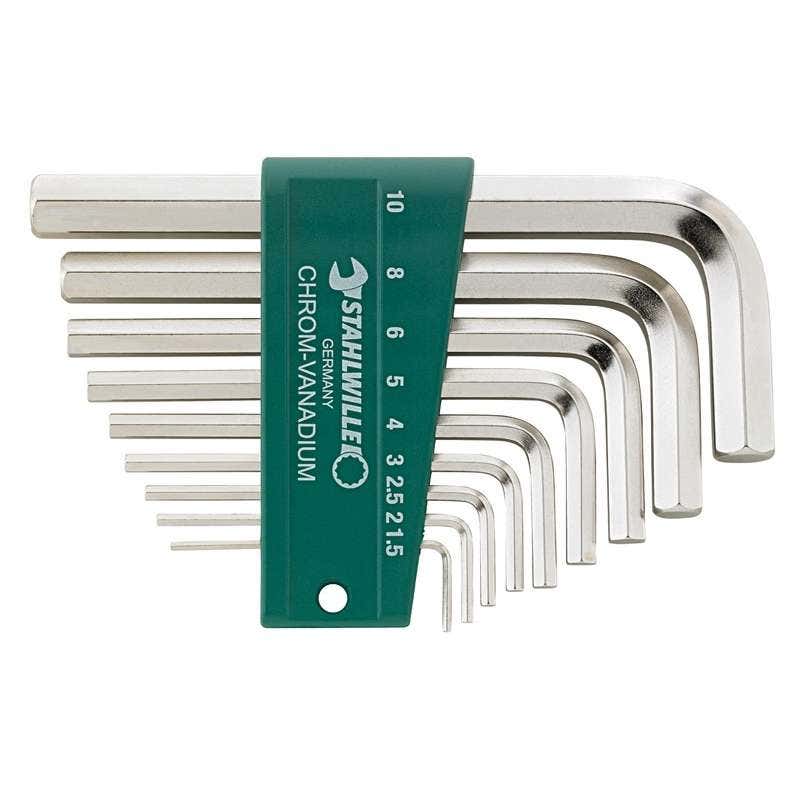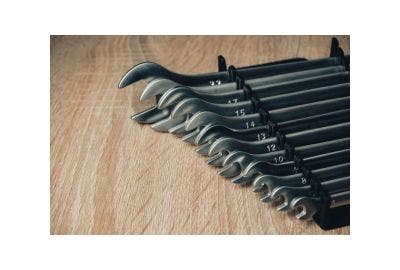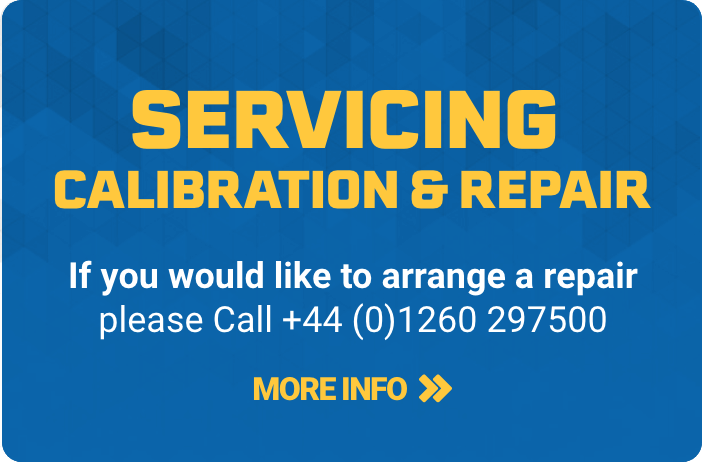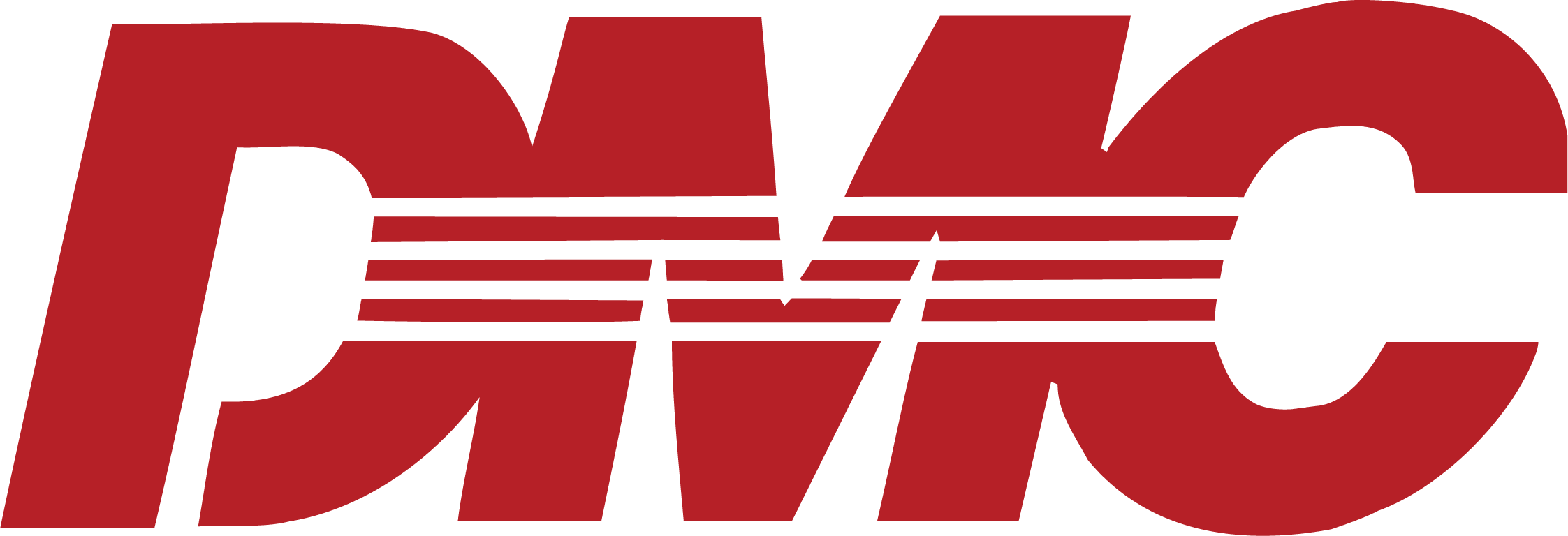You may already have an assortment of hand tools, but your toolbox won’t be complete without a wrench.
A wrench is a type of adjustable or fixed spanner used to apply torque to nuts/bolts or pipes/pipe fittings to either tighten or loosen them.
There are various types of wrenches available, meaning you will have plenty of options. However, you should choose the wrench most suitable for the task you plan to complete since many wrenches have specific uses.
Continue reading this blog to discover the different wrenches you can purchase and what the purpose of each is.
Types Of Wrenches

Below is a list of popular wrenches, many of which are available to order from Heamar.
1) Crescent Wrench

Also known as an adjustable spanner, a crescent wrench is best for the general tightening and loosening of fasteners, making them a good choice if you plan to carry out simple DIY tasks. It is the tool every homeowner needs.
The jaw sizes of the adjustable spanners that Heamar offers range between 13mm and 85mm. They are very versatile and easy to use since the width between a spanner’s jaws can be adjusted by a screw, usually found on the side or at the base of the tool’s head.
2) Pedal Wrench
If you want to effectively maintain your bike and carry out simple repair tasks, you should acquire a pedal wrench. This type of tool is usually available to purchase in bike or repair shops.
Pedal wrenches tend to have a thin, long structure to ensure they can apply sufficient leverage and withstand repetitive force. Additionally, pedal wrenches usually have angled openings for use in tight spaces.
3) Dog Bone Wrench
Another good tool for bike maintenance and repair is the dog bone wrench. With its narrow handle and bulky heads at either end, the dog bone wrench is also known as a dumbbell wrench.
Each head consists of multiple sockets of varying sizes, typically featuring five on each end.
4) Striking Wrench

If you need to loosen reluctant or rusted fasteners, a striking wrench is a good choice. Designed to be used in conjunction with a striking tool, such as a hammer or mallet.
Striking wrenches (also known as slogging spanners) are usually used in plumbing, mechanical and electrical jobs.
This type of wrench has a block at one end, designed to be hit with a hammer or mallet, and a ring at the other.
A striking wrench can vary in size, ranging between 24mm and 210mm.
5) Strap Wrench

When applying torque to round or circular objects, a strap wrench is required.
Typically, a strap wrench consists of a handle with a closed loop of rubber or metal banding attached.
The Stahlwille Strap Wrench features a non-slip rubber cloth. It is suitable for removing oil filters, which may be necessary during an oil change to prevent it from clogging.
6) Lug Wrench

A lug wrench is good for removing or reinstalling car wheels; this type of tool is often found in a mechanical environment since it has many uses when repairing vehicles.
So, in emergencies, a lug wrench is a good tool to have in your car. For example, if you need to change a wheel or tighten a lug nut. A lug nut’s torque has to be sufficient to keep the wheel secure.
7) Combination Wrench

A great addition to any toolbox is a combination wrench since it is versatile, with one end open-ended and the other a ring.
The crescent-shaped head of a combination wrench allows for quick repositioning; the closed ring end provides an increased grip. However, since combination wrenches are fixed, they only work for a specific fastener size.
If you know you will be working on different-sized fasteners, Heamar offers combination spanner sets.
8) Impact Wrench

Although it is one of the more expensive types of wrenches, the impact wrench is widely used in many industries, such as the automotive industry, where a high torque output is required.
Impact wrenches (also known as drivers) look similar to drills apart from having a bulkier body.
This type of tool uses various sizes of impact sockets, which enable the user to apply a large amount of torque to a fastener.
9) Fan Clutch Wrench
The clue is in the name. A fan clutch wrench is a tool to use if you need to remove a fan clutch from your vehicle, whether it be a car, van, or truck. A fan clutch wrench is only suitable for this application.
On one end, this type of wrench is ‘U’ shaped, used to remove a fan clutch.
Some fan clutch wrenches also have a square opening at the other end. The square end holds the clutch, whilst another wrench applies torque to the hex nut.
10) Pliers Wrench

To apply torque to plumbing fittings, a pliers wrench is required. The tool is designed to limit any damage occurring to the fittings since the jaws are smooth (flat), unlike normal pliers with serrated jaws.
The jaws of a pliers wrench are normally positioned around 45 degrees from the handle.
This type of tool is adjustable for use on objects of varying sizes. For example, the Stahlwille PowerGrip Pliers Wrench, available to order from Heamar, can be easily adjusted via a button on the upper part of the handle.
11) Allen Wrench

A tool that is essential for any DIYer is an Allen wrench. They are often required to tighten or loosen fasteners when assembling flat-pack furniture.
Also known as Allen keys (or hex keys), Allen wrenches are ‘L’ shaped, bent to a 90-degree angle. They tend to be made of steel and usually have hexagon ends (6 sides); however, some Allen wrenches have Torx or Phillips ends.
12) Flare Nut Wrench

You may require a good grip on hexagon-shaped fasteners, which is when a flare nut wrench will be useful.
The ends of a flare nut wrench are similar to an open-ended wrench; however, the opening of the ends is narrower. This specific feature of a flare nut wrench enables the user to get a better grip on a fastener, making it easier to apply force without the tool slipping.
The Bahco 14mm & 15mm Flare Nut Wrench is available to order from Heamar and is ideal for use in various industries. For example, this is a popular tool used in automotive and plumbing environments.
13) Saltus Wrench
If you need to tighten or loosen a bolt/nut in an area with restricted and limited space, then a Saltus wrench is a good choice.
One end of a Saltus wrench has a pivoting, which is why this tool can also be referred to as a flex-head socket wrench.
14) Basin Wrench

Designed to disconnect faucets underneath a sink, a basin wrench has a long T-shaped handle and a curved jaw. This unusual shape allows the user to manoeuvre effectively to gain access to fittings.
The Bahco Basin Wrench has spring-loaded jaws and a flexible head, allowing optimal accessibility in narrow spaces.
15) Socket Wrench

Another wrench that is good to use in tight spaces is a socket wrench. It is a popular tool amongst mechanics and avid DIYers.
The head sizes on a socket wrench can vary and can be changed easily according to the size of the fastener.
If a different-sized head is required on a socket wrench, then the user can remove the socket, and replace it with another socket. There is a range of sockets available to order from Heamar.
16) Torque Wrench

There are various types of torque wrenches to choose from - all of which allow torque to be applied at a specific level. The accuracy of torque levels is necessary for industries where precision is required for performance and safety reasons, such as in the automotive industry.
Below are some of the torque wrenches you can choose from:
17) Ratcheting Wrench

A ratcheting wrench, also known as a ratchet spanner, allows the user to tighten or loosen fasteners without having to readjust the tool.
This type of tool will allow you to work efficiently and effectively, particularly within tight spaces where it is difficult to readjust the wrench. This is because a ratcheting wrench is designed to apply force in one direction, and then, with a flick of a switch, it can be applied in the opposite direction.
18) Pipe Wrench

If you work in plumbing or plan to carry out DIY tasks that involve pipework, then a pipe wrench may be required.
Pipe wrenches tend to be large and heavy tools, so they are designed to be used on large fasteners and fittings. You should not use a pipe wrench on small objects because the required grip won’t be applied, making it highly likely that the tool will slip.
19) Oil Filter Wrench

An Oil Filter Wrench, like the strap wrench, is designed to loosen and tighten oil filters, which may be necessary during an oil change. So whether you work in the automotive industry or plan on doing your own car maintenance - this is a must-have tool.
You can acquire oil filter wrenches with either chain-style loops or strap-style loops. Both styles are designed to grip the oil filter firmly to apply the necessary torque to loosen or tighten it.
20) Open-Ended Wrench

Lastly, another tool that can help you turn nuts/bolts in a variety of spaces is the open-ended spanner.
Open-ended spanners have two open ends on each side that are often different in size. They have long necks, allowing the user to work in hard-to-reach areas.
If you require any other additions to your toolbox, then Heamar has a range of hand tools to choose from.






















